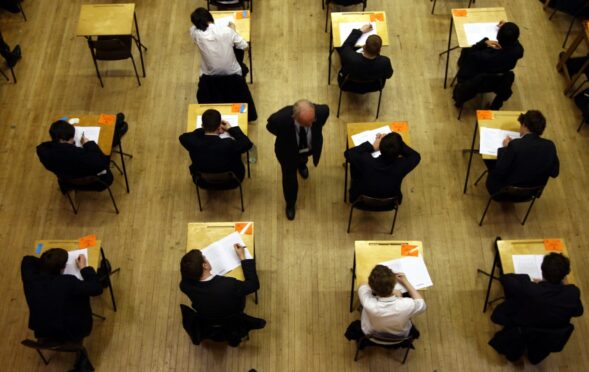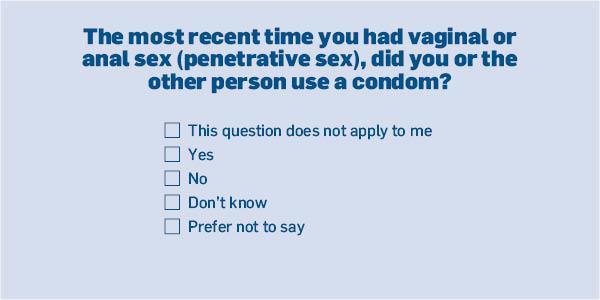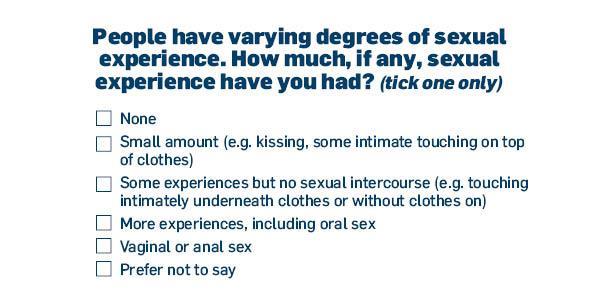Data from a controversial “sex survey” completed by pupils in Moray has been made available to researchers.
Pupils as young as 14 were among those allowed to complete the government health and wellbeing census after other local authorities pulled out.
Moray was among the few authorities which agreed to take part, with Aberdeen and Aberdeenshire councils pulling out.
The survey was strongly criticised after revelations it included questions about teenagers sexual experience.
Multiple choice answers to the question “how much, if any, sexual experience have you had?” included options for: “oral sex” and “vaginal or anal sex”.
It went to ask whether they or the other person used a condom the most recent time they had penetrative sex.
When it was carried out in 2021 parents said they had not been made aware of the contents and had not been asked for consent for their children’s data to be shared.
But the BBC revealed that the results from the survey are now being advertised to external researchers.
The Scottish Government said it was “made clear” at the time that the data would only be used for research purposes and that individual pupils wouldn’t be identified.
Half of Scotland’s 32 local authorities had refused to take part in the exercise.
Nicola Sturgeon, the then first minister, stood by the survey, urging people not to “whip up concern” among parents.
She said at the time: “Either we can bury our heads in the sand and pretend that young people are not exposed to the issues or the pressures that we know they are exposed to.”
Those in schools operated by Fife Council were also able to take part but with different questions to those put to teenagers elsewhere.
Ethical concerns
Education professor Lindsay Paterson told the BBC he had serious concerns about the “unethical” way the data was now being shared.
It has been made available to external researchers through Research Data Scotland, a charity set up by the Scottish Government to make access to health and wellbeing data easier.
Professor Paterson said: “No child and no parent has been asked for permission to pass the data on to other people.
“That’s not to imply that individual researchers are unethical, but the point is the ethical protection is there for a good reason because sadly some people will get access to the data and will abuse the confidentiality, the trust that should be there.”
Parents ‘will be furious’
Scottish Conservative MSP Roz McCall said parents would be furious the data has been published.
She said: “We repeatedly warned that the survey featured questions that were far too intrusive and inappropriate for our young people.”
A Scottish Government spokeswoman said: “All participants in the survey had the opportunity to skip questions they did not wish to answer and councils were responsible for providing advice about opting out.
“It was made clear that the data provided to the Scottish government, and subsequently made available to external researchers, would only be used for statistics and research purposes and therefore not identifiable from any results.”



Conversation